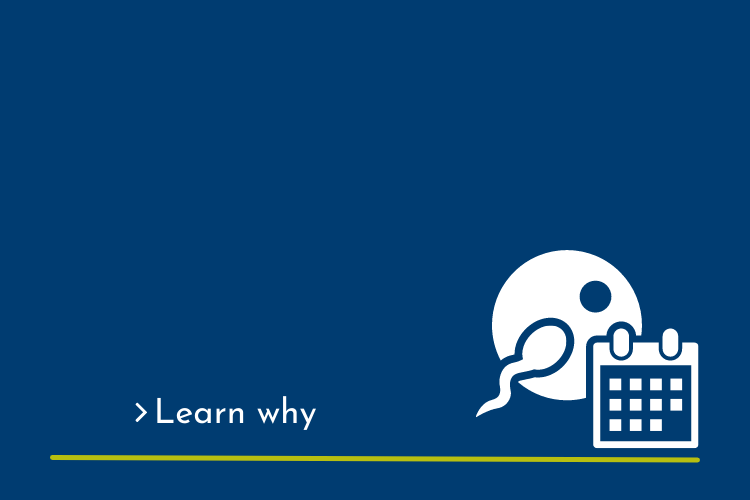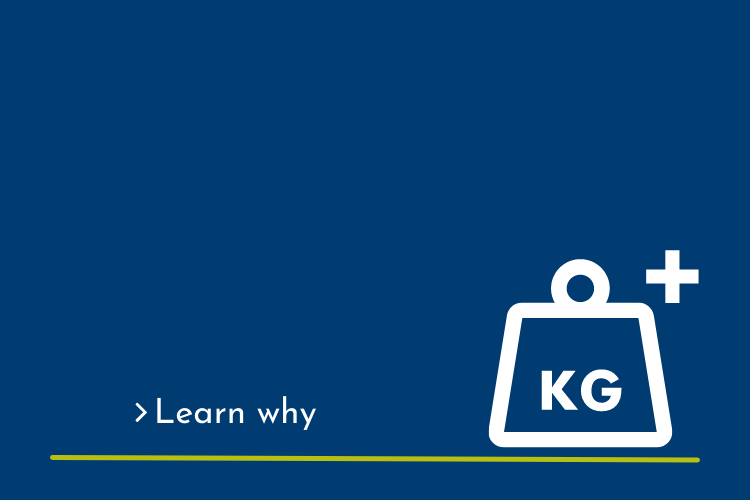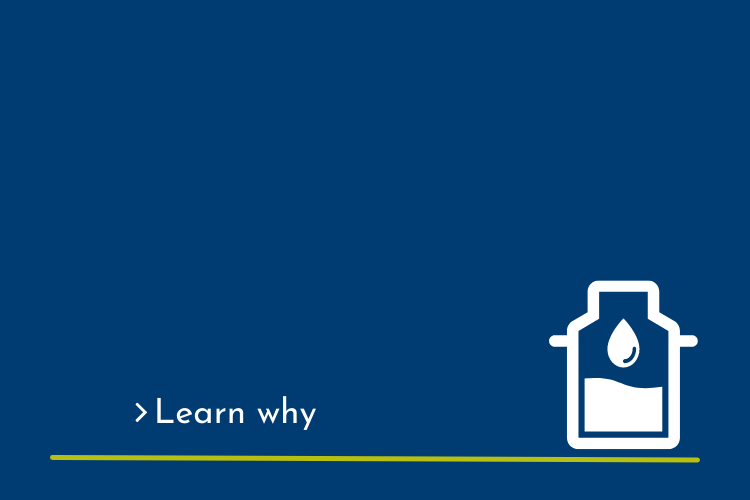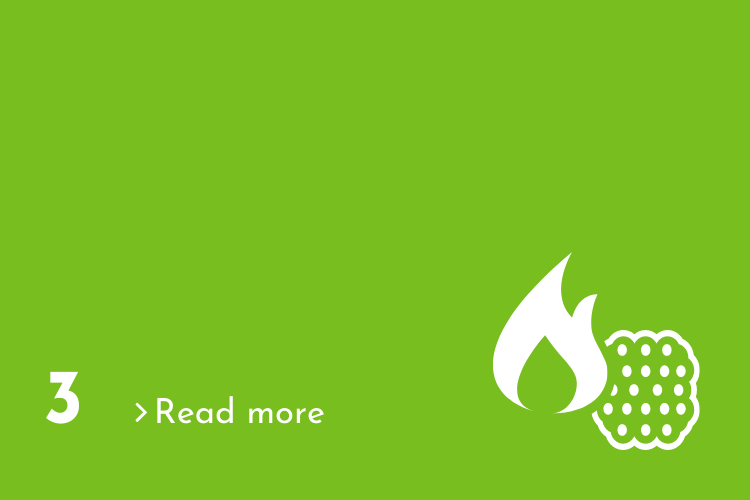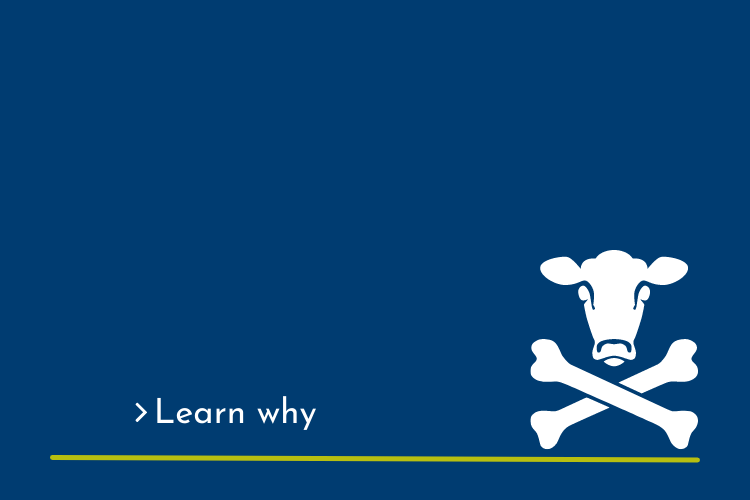
LifeStart Results
LifeStart feeding schedules result in better udder development
The development of mammary tissue is essential to the future productivity of the cow. Several authors found compelling evidence that growth in the first eight weeks of life is a key factor in the optimal development of parenchyma – the epithelial and myoepithelial cells that form the milk-producing glands[1,2,3].
In one of these studies[1], the objective was to determine if increased energy and protein intake from 2 to 14 weeks of age would affect mammary development in heifer calves. Holstein heifer calves were assigned to 1 of 4 treatments in a 2 × 2 factorial arrangement with 2 levels of protein and energy intake in period 1 (2 to 8 weeks of age) and 2 levels of protein and energy intake in period 2 (8 to 14 weeks of age).
Feeding level week 2-8 |
Low |
High |
||
Feeding level week 9-14 |
Low |
High |
Low |
High |
| Daily gain in week 2-8 (g) | 400 | 400 | 670 | 670 |
| Daily gain in week 9-14 (g) | 470 | 1060 | 400 | 1130 |
| Final bodyweight (kg) | 80 | 106 | 90 | 121 |
| Parenchyma weight (g/100kg BW)) | 16 | 15 | 24 | 23 |
| Parenchyma DNA (mg/100kg BW)) | 44 | 42 | 85 | 86 |
| Parenchyma RNA (mg/100kg BW)) | 63 | 63 | 104 | 108 |
Parenchyma weight = milk producing tissue (indicator)
Parenchyma DNA = number of developed cells
Parenchyma RNA = level of cell activity
Results
Higher energy and protein intake from 2 to 8 weeks of age increased parenchymal mass and parenchymal DNA and RNA in mammary glands of heifer calves without increasing deposition of parenchymal fat. Diet also influenced histological development of mammary parenchyma and subsequent proliferation of ductal epithelial cells.
The Trouw Nutrition Kempenshof trial
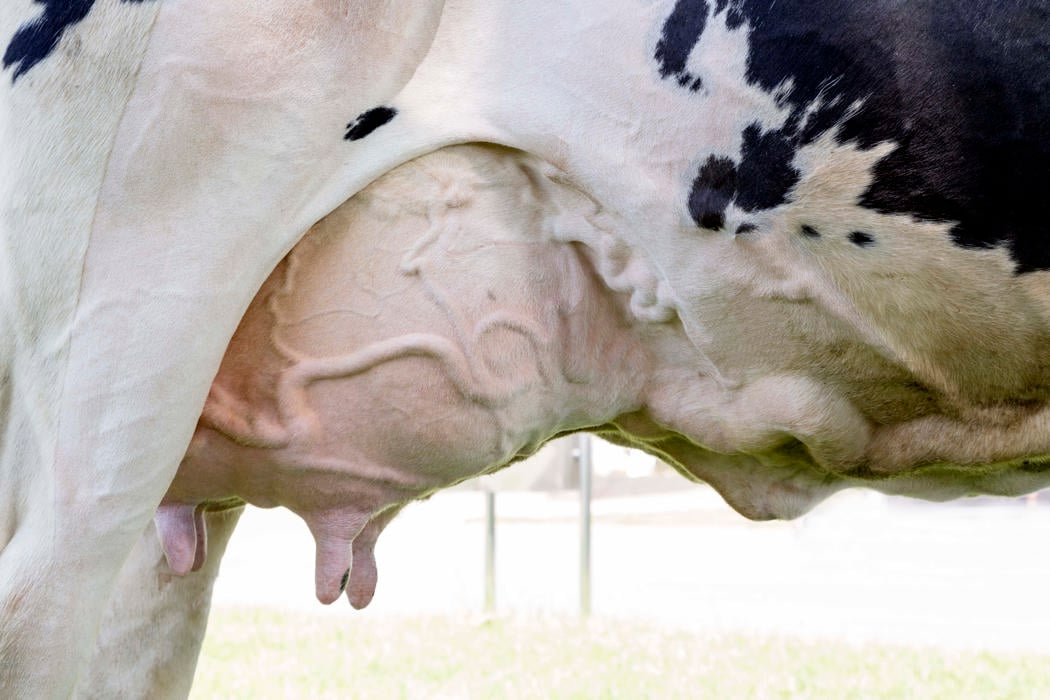
Material and methods
A total 11 individually housed female calves were included in this study[4]. Six calves in the LifeStart group were fed 8.4 litres per day compared to 4 litres per day for the five controls, both for 53 days. After weaning, samples of the udder parenchyma were taken and parenchymal mRNA was analysed.
Results
A LifeStart feeding schedule during the pre-weaning phase altered the mammary transcriptome of Holstein heifers, affecting cell functions involved in the morphological and physiological development of the mammary gland. Epithelial Mesenchymal transition and accumulation of lipid were increased, whereas the synthesis of DNA, transactivation of RNA, expression of RNA, transcription and transactivation were decreased. Additionally, in calves fed the LifeStart schedule, 6 upstream regulators with direct influence on differentially affected genes were activated whereas 7 others were inhibited.
References
[1] Soberon and van Amburgh, 2017
[2] Brown et al., 2005
[3] Geiger et al., 2016
[4] Hare et al., 2019

